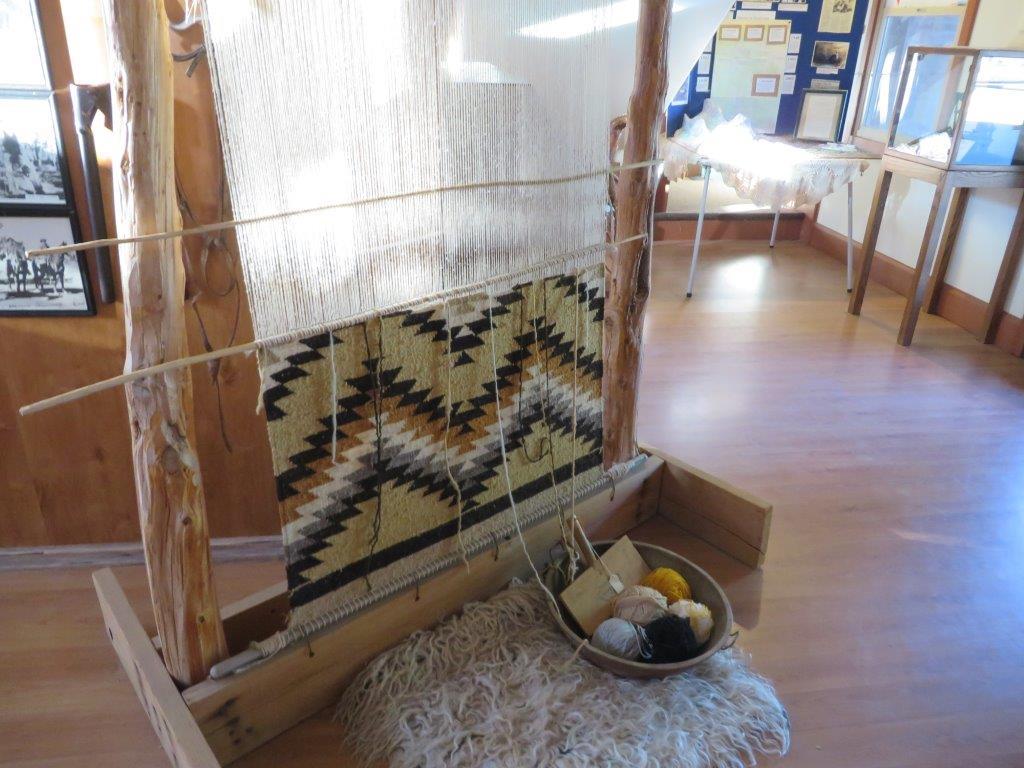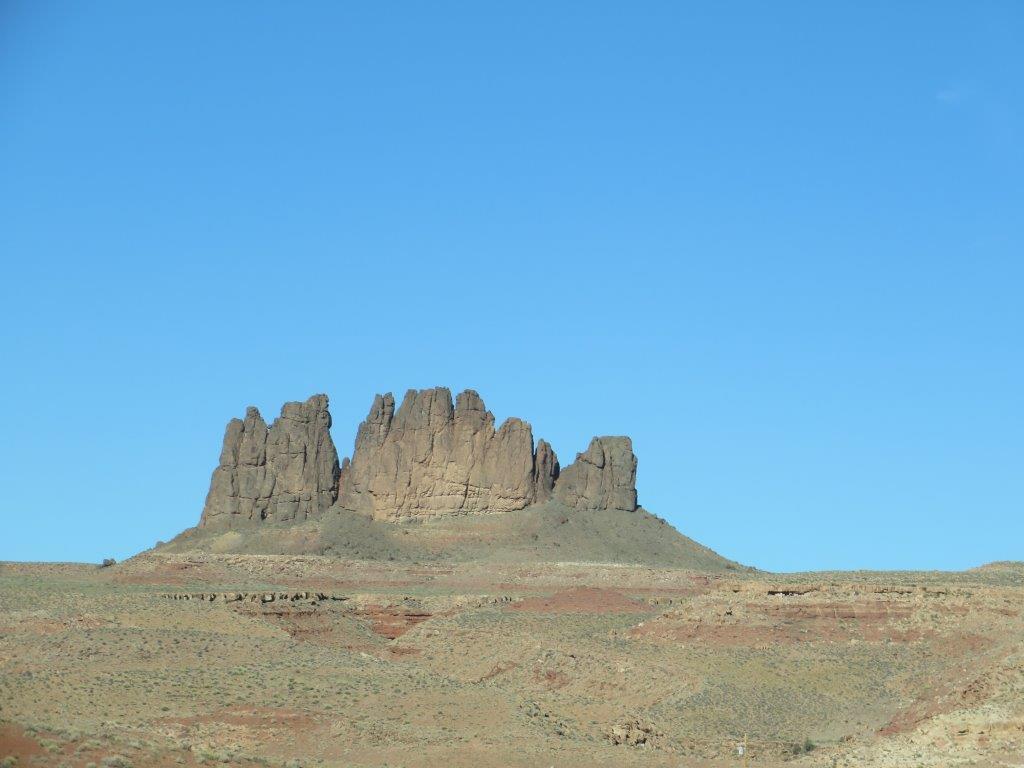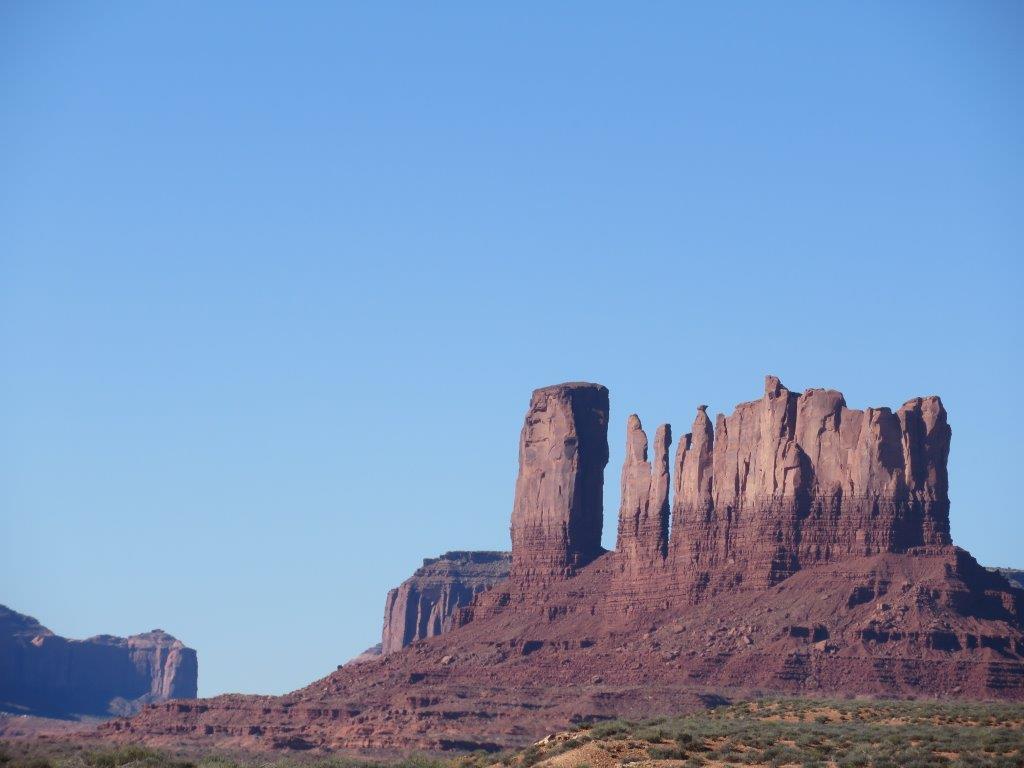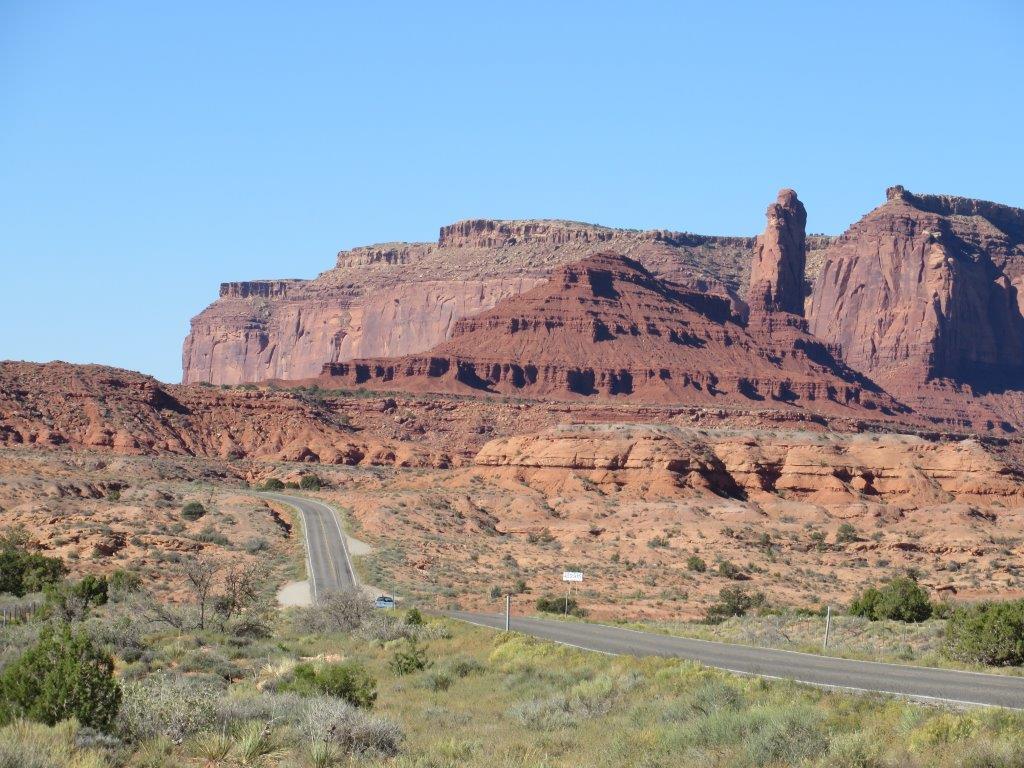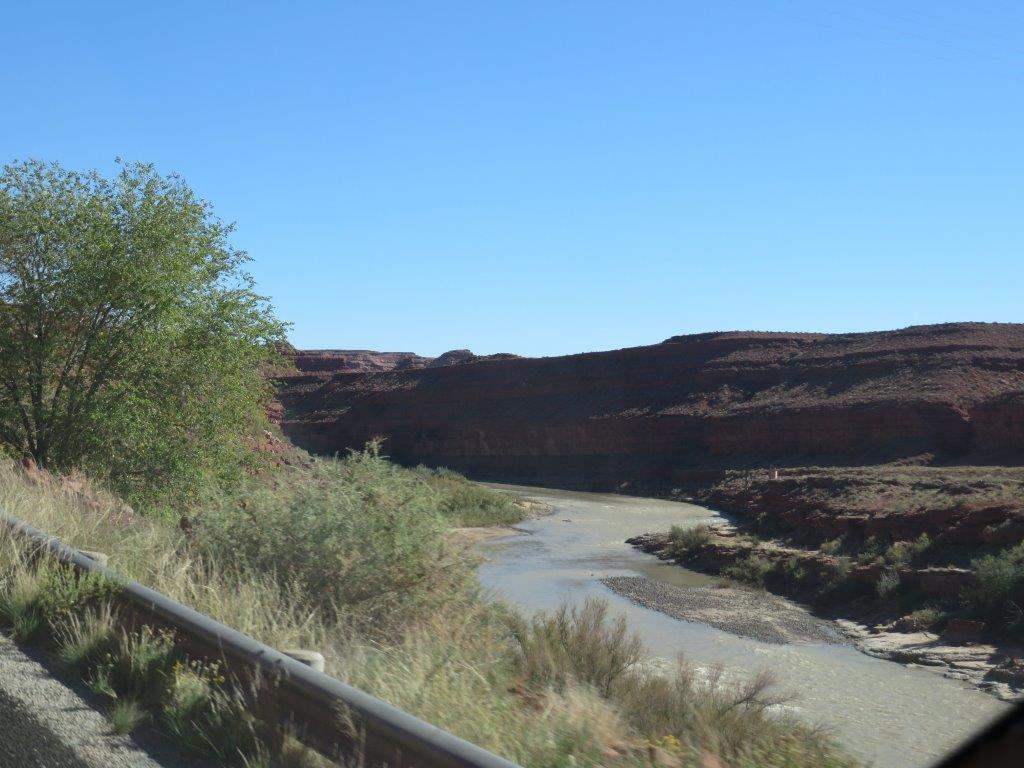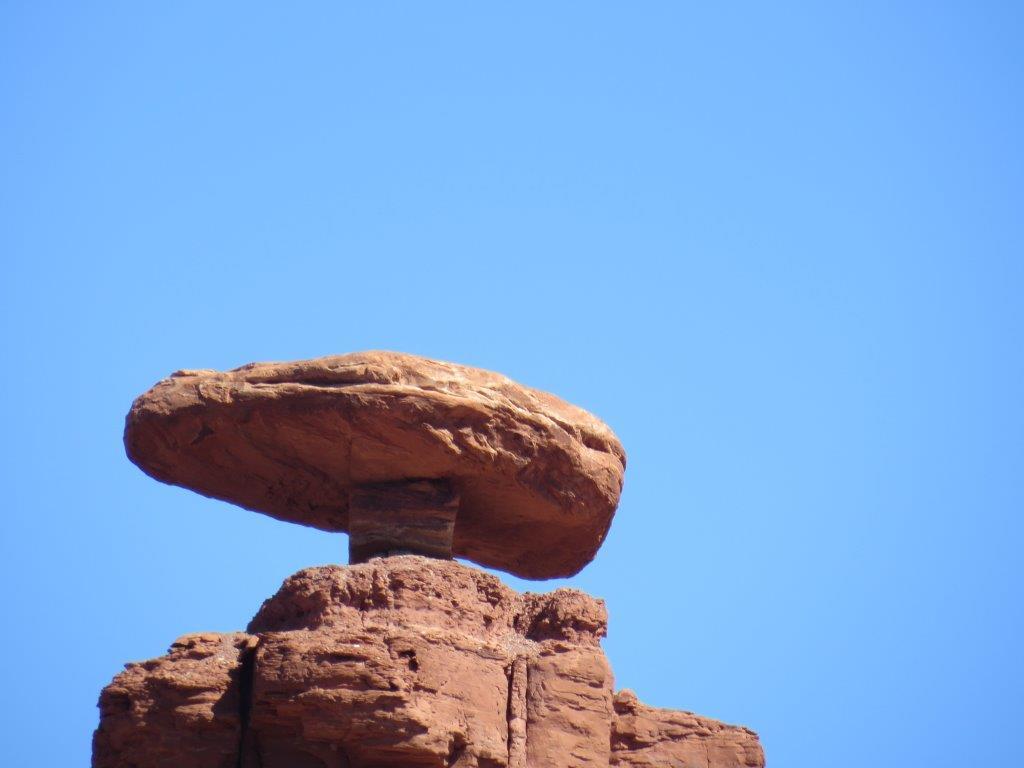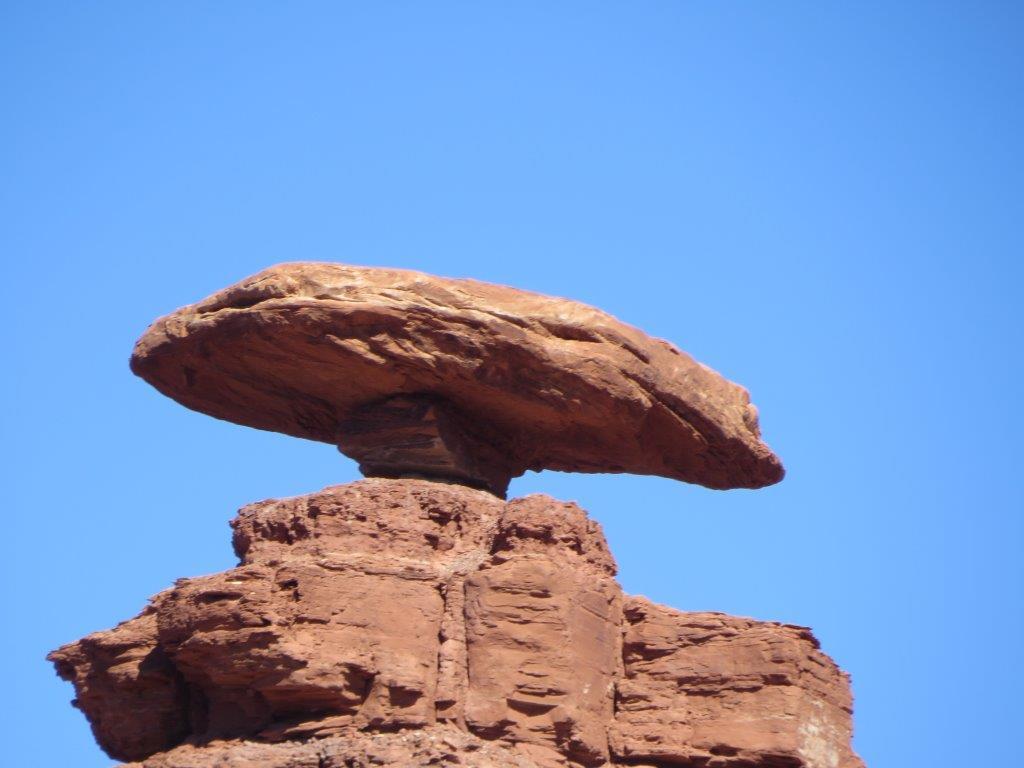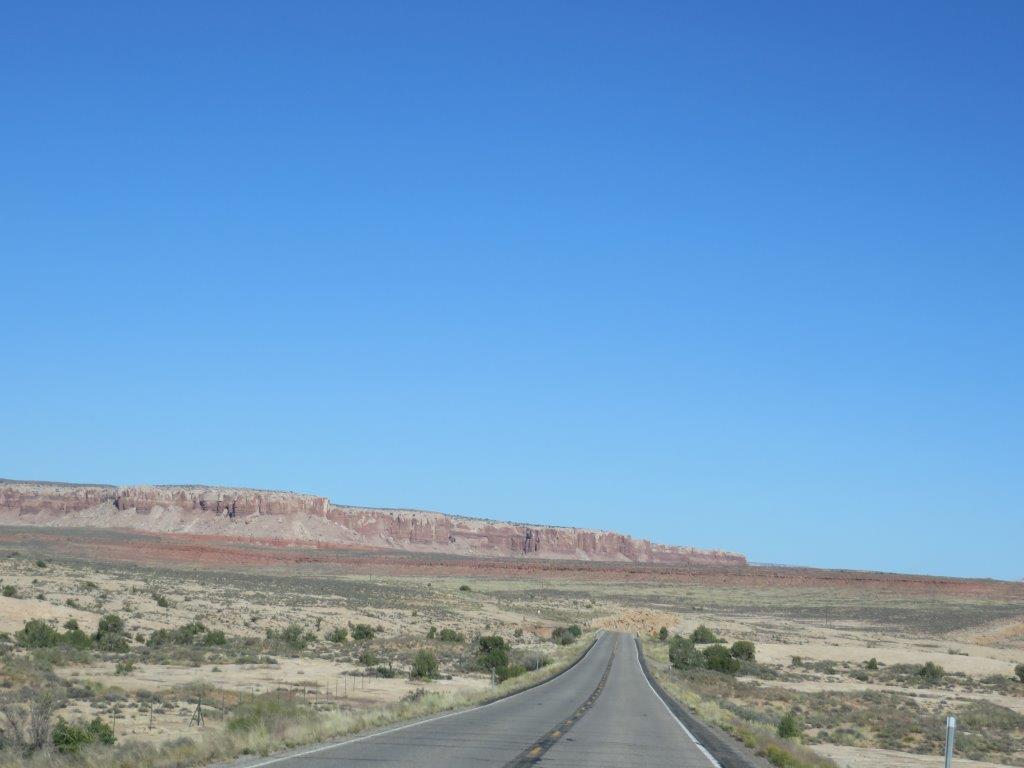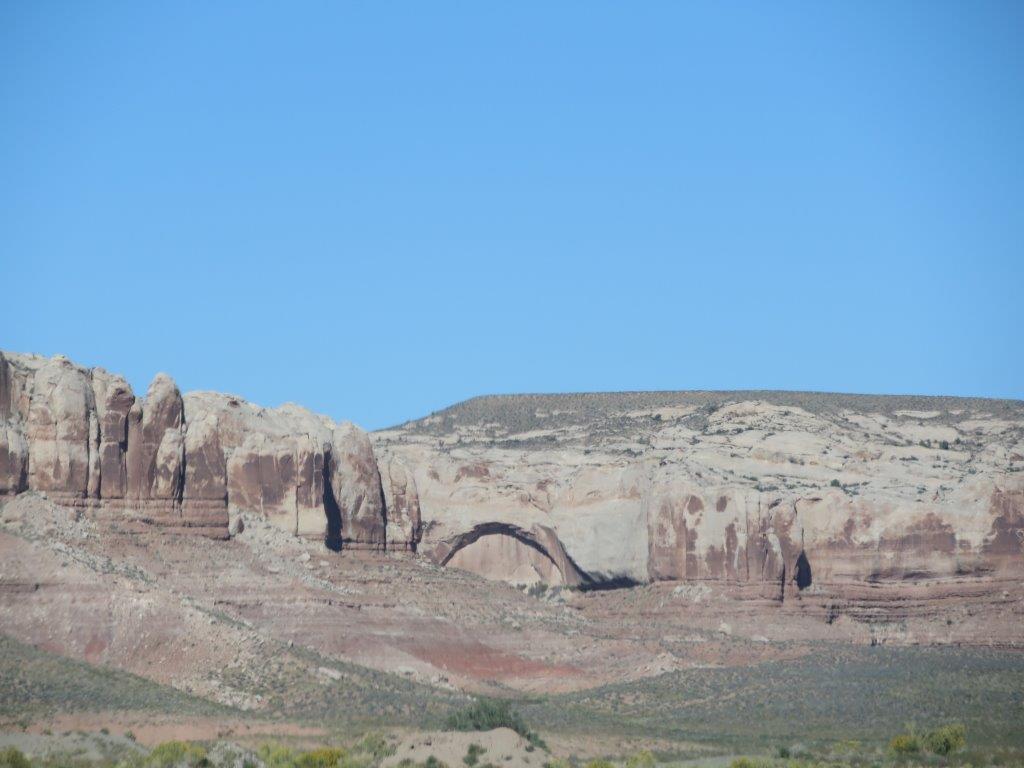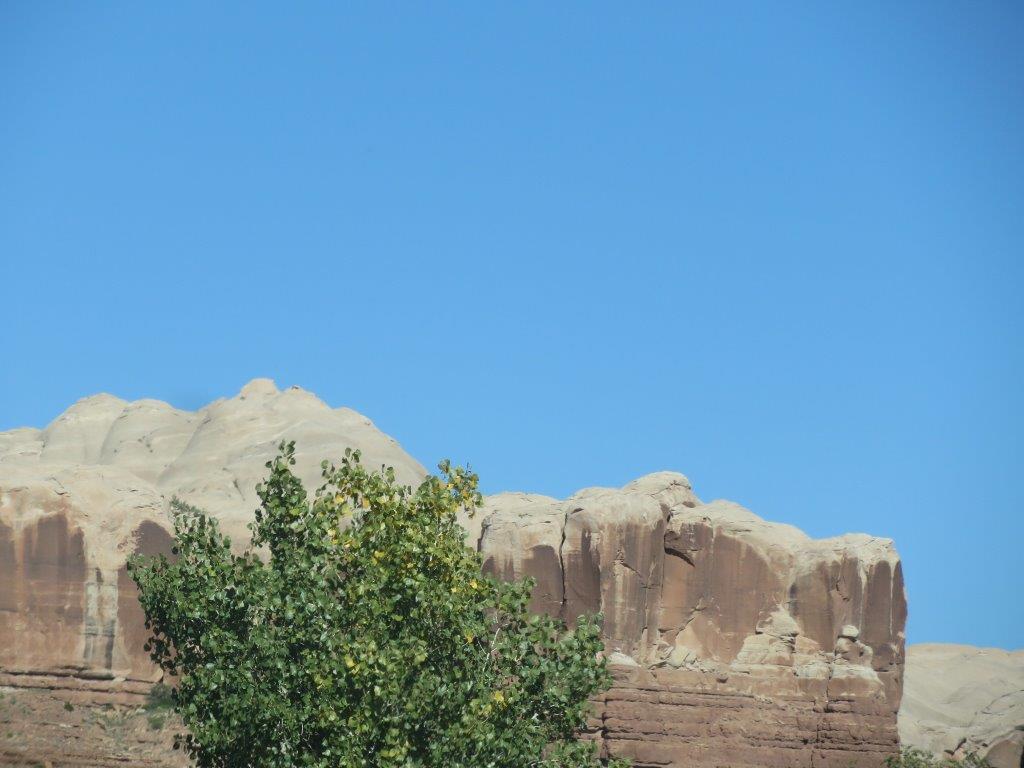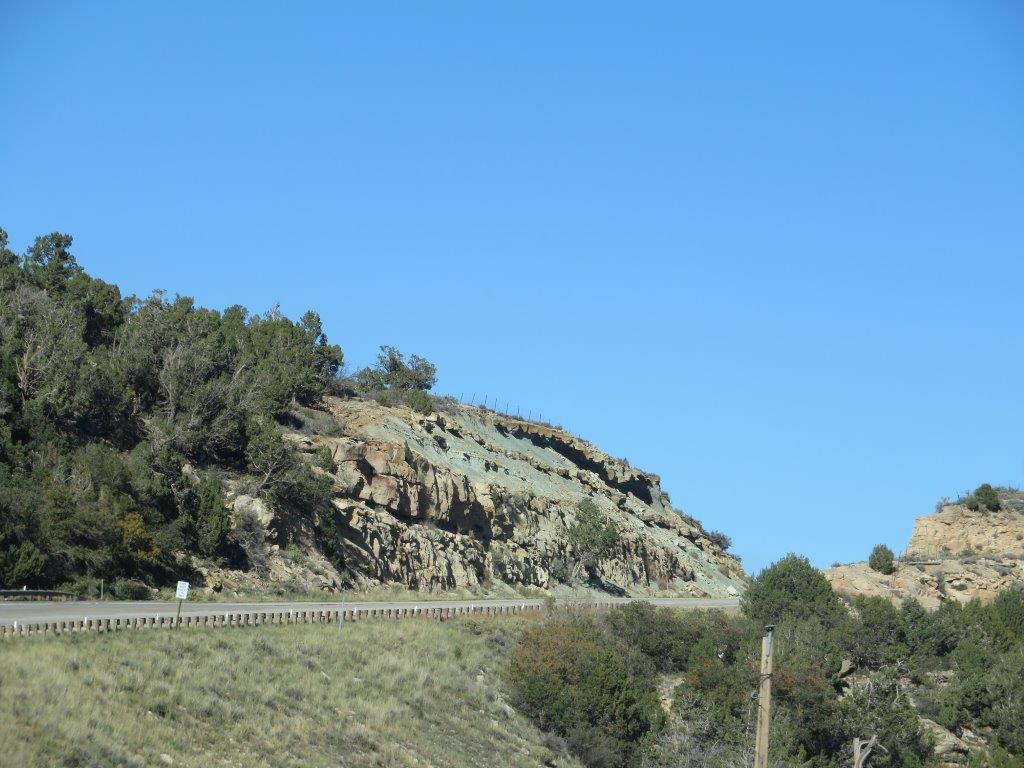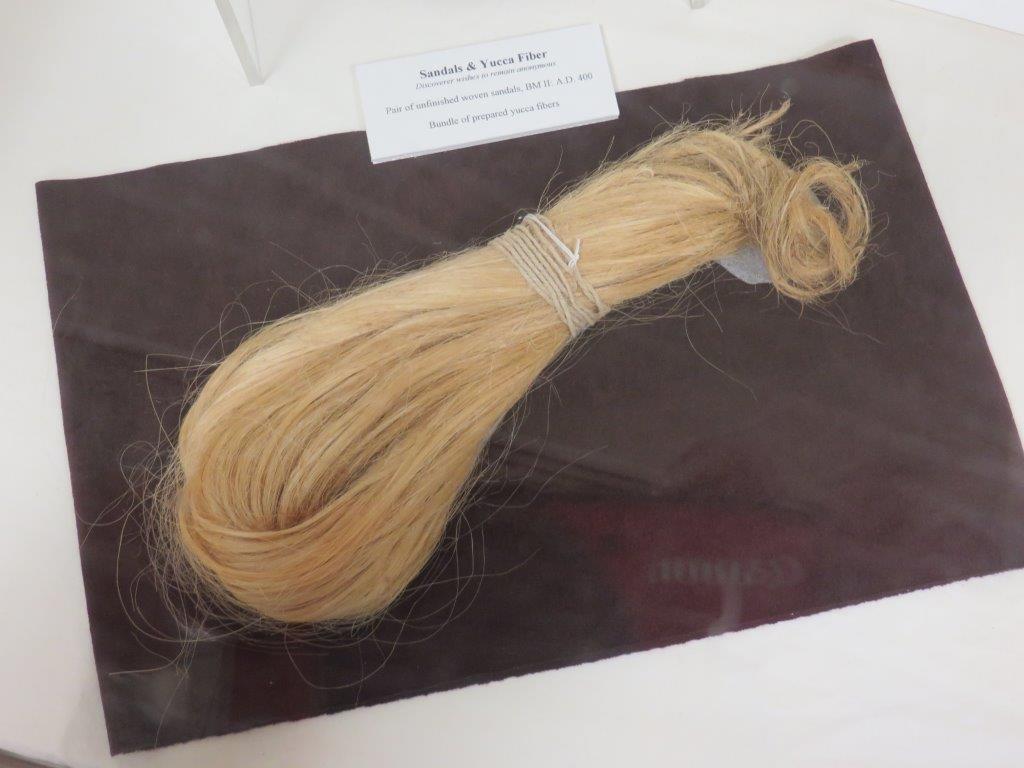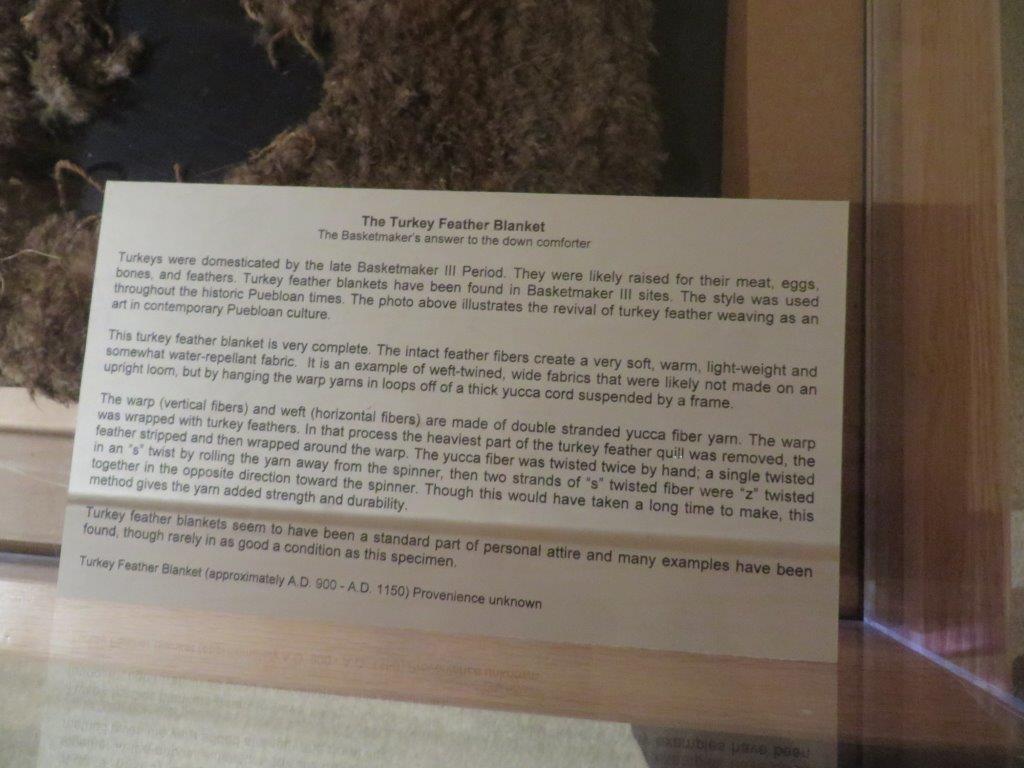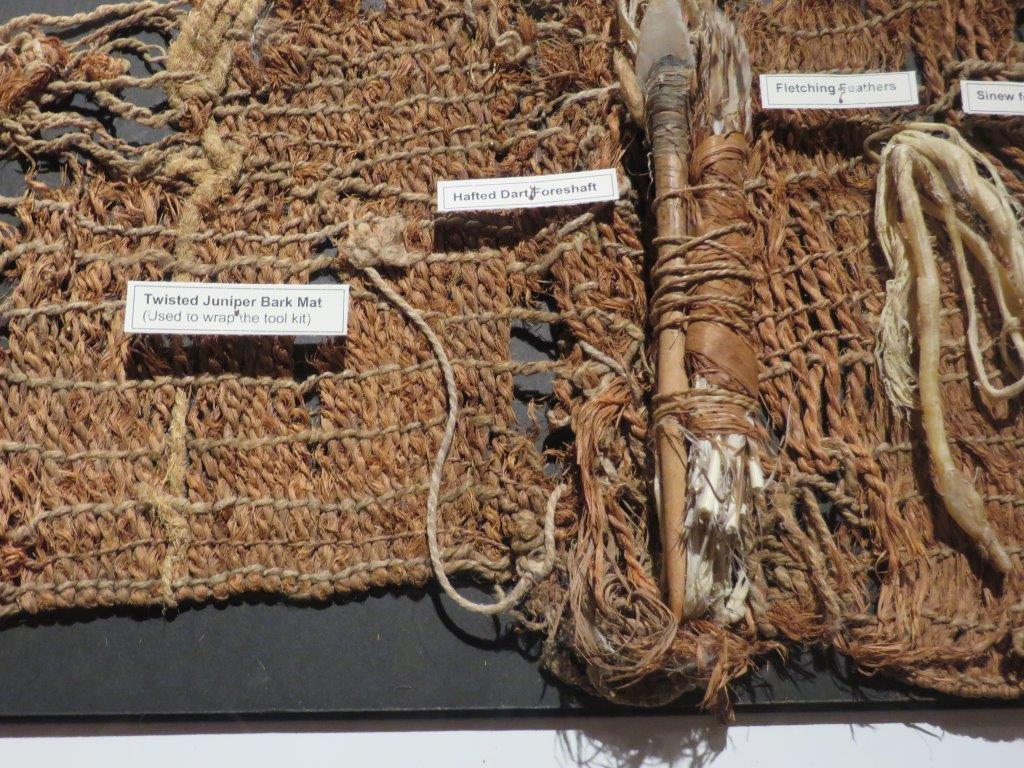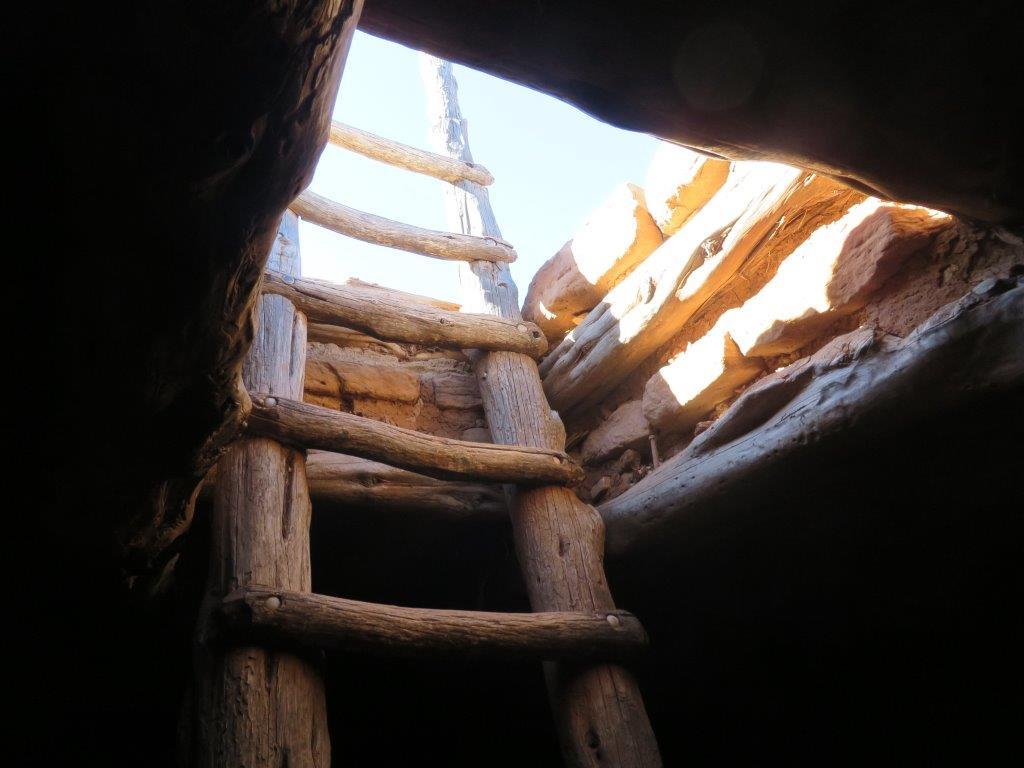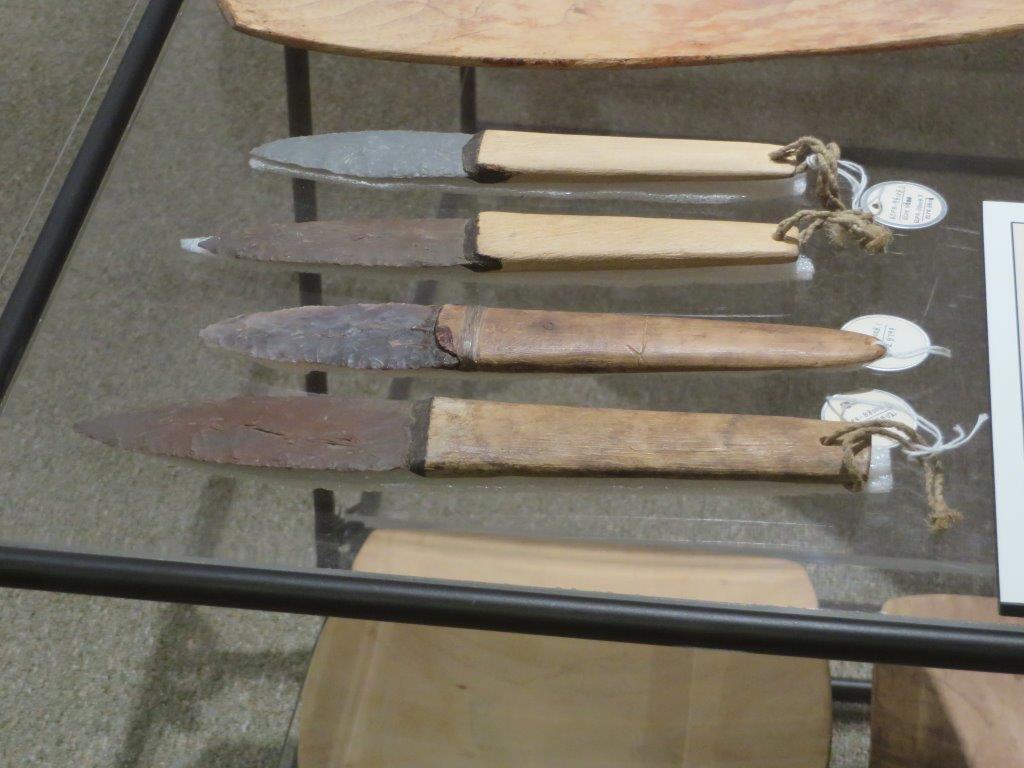Monument Valley - Part I
/Monument Valley Navajo Tribal Park is barely on the Arizona side of the Arizona-Utah boarder and the day trip from Monticello UT to Monument Valley was so eventful that I am doing two posts about it. Today the focus is on the road trip down and back; it took just under 2 hours each way. Blanding is the only town of any size along the way; the visitor center there has a Navajo loom set up in the museum area. Mexican Hat is at the place where the road crosses the San Juan River. There are two distinctive rock formations along with way: Mexican Hat just north of Mexican Hat and Navajo Twins near Bluff. I’ve included the images I’ve captured of them in the slide show below.

